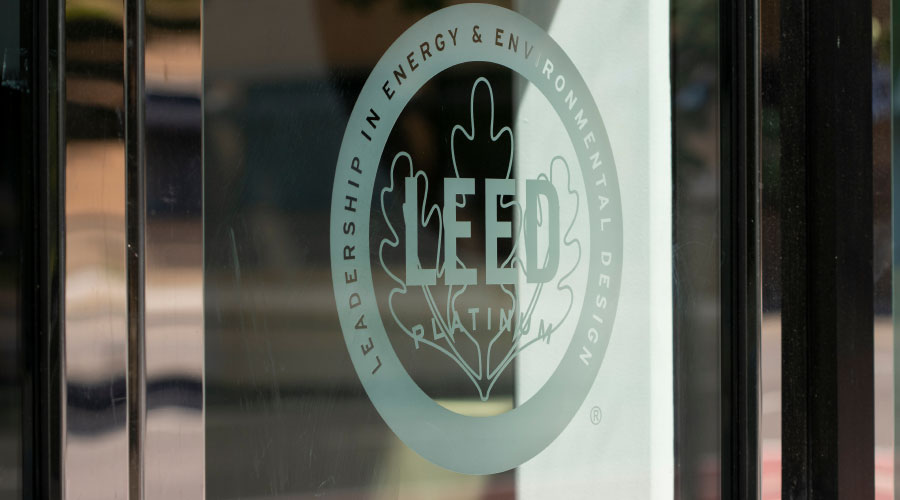Facility Managers Are Among The Passionate, Progressive Executives Setting The Sustainability Agenda
Sustainability has moved into the corner office. No longer the pet project of a single-minded, pie-eyed soul, sustainability — everything from resource efficiency to greenhouse gas reductions — has migrated from a "nice-to-have" proposition to an organizational imperative. As a result, many organizations, with the idea that a top-down approach is most effective, are hiring sustainability executives with titles like chief sustainability officer and vice president of sustainability to head up those efforts.
"The role of the sustainability executive has emerged because of market demands," says Ellen Weinreb, founder of The Weinreb Group, an executive recruiting firm that has contributed to two research papers in the last two years examining the chief sustainability officer trend. "The biggest value the sustainability executive provides is translating consumer demands, public policy, global warming, et cetera, into business priorities, like saving money, creating opportunity, reducing risk and enhancing image."
But being a sustainability executive is challenging — there's never enough time, money, or resources. Sustainability executives spend a lot of time managing projects and people for which they don't have direct control. "Sustainability executives are notorious for working long hours," says Charlotte Matthews, vice president of sustainability for Related Companies, a New York City-based developer. "We get our work done after everyone else has left, because we spend all day following up with people."
It's good work if you can get it, though, because sustainability executives see themselves as making a difference, not just in their organizations but also in their communities, and for the environment as a whole. The stories of sustainability executives in several organizations illustrate success stories in providing value to their organization, as well as advice for those considering a similar climb up the organizational ladder.
While these new executives come from a wide range of backgrounds, educations, and previous organizational roles, they do have several things in common: a firm understanding of all aspects of the organization, the ability to build bridges between departments and people with disparate agendas, including outside the organization, and, importantly, an unswerving passion for sustainability.
Because sustainability touches just about every aspect of an organization, sustainability executives are necessarily generalists. Therefore, sustainability executives have job descriptions that usually are short on specifics but long on potential responsibilities.
If that sounds familiar, it's probably because the facility executive often has a similar role. "The sustainability executive has to have a holistic view," says Bill Conley, founder and chief sustainability officer for CFM2, a facility management and sustainability consulting firm. Conley says that the facility or real estate executive may be the de facto sustainability executive, simply because they're in the position best suited to handle the role. Oftentimes, it's a facility or real estate person who moves into the sustainability role.
At AT&T, John Schulz, now the director of sustainable operations, had spent five years in the company's real estate group, working in data and project management, when he says he recognized an opportunity to put more emphasis on sustainable operations. He wrote what he called his "Jerry Maguire memo" — arguing that the company was missing an opportunity to incorporate sustainability and efficiency. He became the greenhouse gas emissions guru and developed the company's first inventory. A year and a half ago, Schulz was promoted to his current role, working in the newly formed, eight-person sustainability organization, and reporting directly to Charlene Lake, appointed in 2009 as the company's first chief sustainability officer.
Related Topics:














